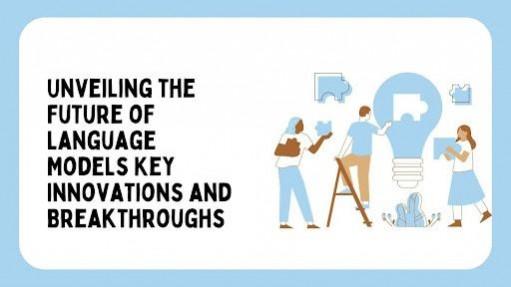
In this modern era, Large Language Models (LLMs) have reshaped artificial intelligence, revolutionizing how machines process and generate human language. Debu Sinha, a leading expert in AI and machine learning, delves into the core innovations of LLMs, highlighting their architecture, training methodologies, and future potential. His recent work on evaluating GenAI demo transcripts across enterprise sales teams has streamlined the evaluation of enterprise LLM readiness, generating a scalable scoring system now adopted across teams. These hands-on insights, combined with years of technical leadership, bring clarity to the groundbreaking technologies driving the evolution of LLMs and their global impact.
The Transformer Revolution: A Game-Changer in AI
At the core of modern LLMs lies the transformer architecture, a breakthrough that enabled the move from older recurrent networks to self-attention mechanisms. This transformation has allowed models to process long text sequences and maintain context across sentences, improving performance in tasks like translation and text generation. The transformer model enables systems to capture relationships between words across documents.
Tokenization: Breaking Down Language for Machines
Tokenization is the first step in making raw text machine-readable. Recent advancements, such as Byte Pair Encoding (BPE) and SentencePiece, have revolutionized how LLMs process complex languages and unknown words. These methods split words into subword units, helping models handle diverse vocabularies effectively. These innovations balance vocabulary size and computational efficiency, essential for managing language models at scale.
Attention Mechanisms: Decoding the Brain of LLMs
Attention mechanisms, especially the query-key-value (QKV) model, play a crucial role in how transformers focus on relevant parts of a text. These mechanisms enable LLMs to determine which words in a sentence are most important for predicting the next word. Attention heads specialize in aspects of language, such as syntax or semantics. However, the challenge of improving attention's efficiency over longer texts persists, signaling a key area for further research.
Embedding Innovations: From Words to Contextual Understanding
Embeddings are pivotal for converting words into dense vectors, capturing semantic relationships. Early models like Word2Vec laid the foundation, while advancements like BERT introduced deep bidirectional representations. These models have significantly improved performance in tasks like question answering, yet the need for more efficient embeddings, especially in real-time applications, remains a key focus for the future.
Multimodal Learning: Integrating Text with Visual and Auditory Data
The future of LLMs lies in integrating data, such as text, images, and audio, through multimodal learning. By combining these modalities, LLMs can enhance their understanding of the world, allowing for more powerful systems that can interpret and generate content across data types. This integration is poised to drive innovations in healthcare, where understanding both language and images can lead to more effective AI solutions.
Scaling Challenges: Efficiency vs. Capability
As LLMs grow in size, balancing performance and computational efficiency becomes more critical. The trade-offs in scaling these models are complex larger size doesn't always yield proportionate performance gains. Sparse architectures that reduce unnecessary computations offer a potential solution. Future research will need to focus on scaling LLMs efficiently while minimizing resource consumption.
Ethical AI: Navigating the Road Ahead
The rapid advancement of LLMs raises important ethical considerations, such as bias, fairness, and safety. Responsible AI development is essential, particularly through innovations like constitutional AI, which ensures models align with ethical principles like honesty and safety. As LLMs become more integrated into society, ensuring their responsible deployment will be critical to mitigating potential risks and ensuring equitable use.
In conclusion, Debu Sinha's exploration of Large Language Models highlights impressive advancements, with performance improvements of up to 30% on benchmark tasks. As the technology evolves, focus must shift to addressing challenges in efficiency, ethics, and scalability. Real-world applications, such as LLMs improving diagnostic systems in healthcare, exemplify how LLMs are no longer experimental tools but mission-critical systems driving measurable impact in high-stakes industries. As Debu Sinha continues to shape best practices in enterprise LLM integration, he is positioning himself at the forefront of enterprise-ready AI innovation.

















